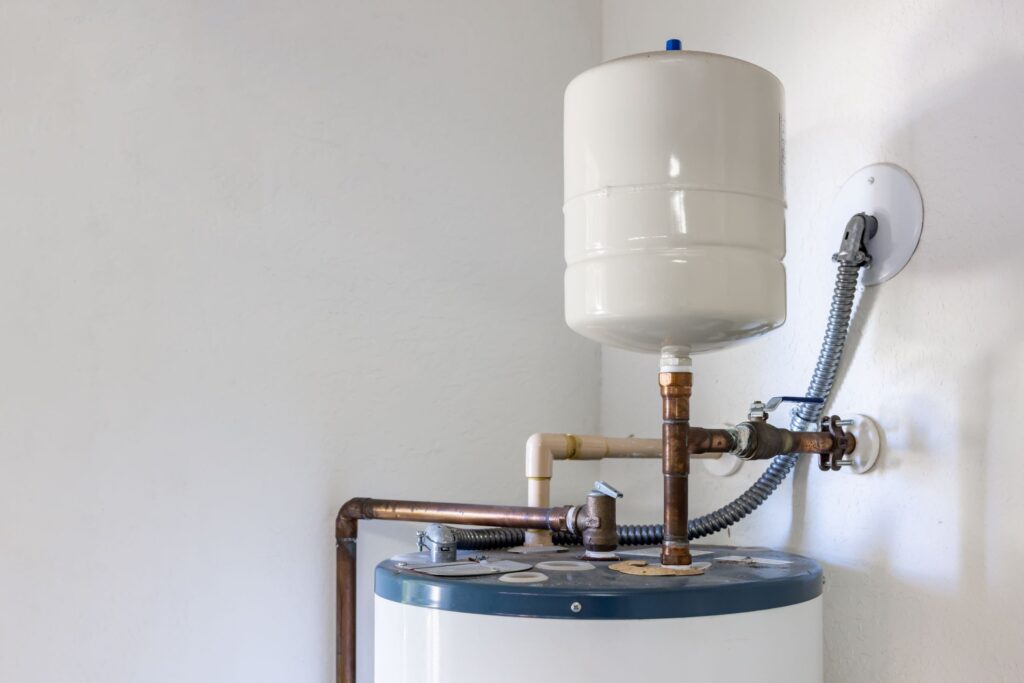Ensuring Durability of Your Home's Hot Water System: Care Tips
Ensuring Durability of Your Home's Hot Water System: Care Tips
Blog Article
The writer is making several good points on What Kind of Maintenance Do Water Heaters Need? in general in the content below.

Hot water is necessary for everyday convenience, whether it's for a refreshing shower or washing dishes. To guarantee your hot water system runs effectively and lasts much longer, normal maintenance is crucial. This write-up offers sensible suggestions and insights on exactly how to preserve your home's warm water system to prevent disruptions and costly fixings.
Intro
Keeping your home's warm water system could seem complicated, yet with a couple of easy actions, you can ensure it runs efficiently for years to come. This overview covers every little thing from understanding your warm water system to DIY upkeep pointers and understanding when to call in professional aid.
Significance of Preserving Your Hot Water System
Normal upkeep not only extends the life expectancy of your warm water system but also guarantees it runs successfully. Overlooking upkeep can bring about decreased efficiency, higher power costs, and also early failing of the system.
Indicators Your Warm Water System Demands Maintenance
Knowing when your hot water system needs attention can avoid significant issues. Look out for indications such as irregular water temperature level, weird noises from the heating system, or rustic water.
Flushing the Hot Water Heater
Purging your hot water heater eliminates sediment buildup, improving efficiency and prolonging its life.
Checking and Replacing Anode Rods
Anode poles protect against deterioration inside the storage tank. Examining and replacing them when worn is critical.
Facility Problems Needing Specialist Aid
Instances consist of significant leaks, electric troubles, or if your water heater is consistently underperforming.
Regular Expert Maintenance Benefits
Expert maintenance can consist of complete assessments, tune-ups, and guaranteeing compliance with safety and security criteria.
Evaluating and Readjusting Temperature Settings
Readjusting the temperature level settings makes sure optimum efficiency and security.
DIY Tips for Upkeep
You can do several maintenance tasks yourself to keep your hot water system in leading condition.
Looking for Leaks
Routinely evaluate pipelines and connections for leakages, as these can cause water damage and greater costs.
Comprehending Your Hot Water System
Prior to diving into maintenance jobs, it's valuable to understand the basic parts of your hot water system. Typically, this consists of the water heater itself, pipes, anode poles, and temperature controls.
Month-to-month Maintenance Tasks
Regular month-to-month checks can help capture minor concerns before they intensify.
Examining Stress Alleviation Valves
Evaluating the stress relief valve guarantees it functions properly and stops too much pressure build-up.
Insulating Pipes
Shielding hot water pipes decreases warmth loss and can save power.
When to Call a Professional
While DIY upkeep is advantageous, some problems require expert proficiency.
Final thought
Routine upkeep of your home's hot water system is vital for performance, durability, and expense financial savings. By following these suggestions and recognizing when to look for professional assistance, you can make certain a reputable supply of warm water without unanticipated disruptions.
How to Maintain an Instant Hot Water Heater
Before tinkering with your hot water heater, make sure that it’s not powered on. You also have to turn off the main circuit breaker and shut off the main gas line to prevent accidents. Also turn off the water valves connected to your unit to prevent water from flowing into and out of the appliance. 2. When you’re done, you have to detach the purge valves’ caps. These look like the letter “T†and are situated on either side of the water valves. Doing so will release any pressure that has accumulated inside the valves while at the same time avoid hot water from shooting out and burning your skin. 3. When the purge valves’ caps are removed, you have to connect your hosing lines to the valves. Your unit should have come with three hoses but if it didn’t, you can purchase these things from any hardware or home repair shops. You can also get them from retail stores that sell water heating systems. Read the user’s manual and follow it to complete this task properly. When the hosing lines are connected, open the purge port’s valves. 4. You should never use harsh chemical cleaners or solutions when cleaning your unit. Make use of white vinegar instead. It should be undiluted and you’ll probably use about 2 gallons. 5. Now flush your water heater. This task should probably take about 40 minutes. We can’t give you specific directions for this because the procedure is carried out depending on the type, model and brand of your heater. With that being said, refer to the user’s manual. 6. When you’re done draining the unit, you have to turn off the purge port valves again. Remove the hosing lines that you earlier installed on each of the water valves. Put the valve caps (purge port) back in their respective places and be very careful so as not to damage the rubber discs that are found inside these caps. 7. Now that everything’s back in place, check your user’s manual again to find out how to reactivate your water heating system. 8. Once it is working, turn one of your hot water faucets on just to let air pass through the heater’s water supply pipes. Leave the tap on until water flows smoothly out of it. https://www.orrplumbing.com/blog/2014/september/how-to-maintain-an-instant-hot-water-heater/
:max_bytes(150000):strip_icc()/reasons-gas-water-heater-not-working-5212987-hero-fe6b82a59053421c88b7d13ea311d3c5.jpg)
Do you like reading up on Tips on Maintaining a Water Heater? Give a review further down. We would be happy to see your ideas about this blog. We hope that you come back again in the future. Liked our piece? Please share it. Let other people check it out. Thanks for being here. Kindly visit our website back soon.
Request Appointment Report this page